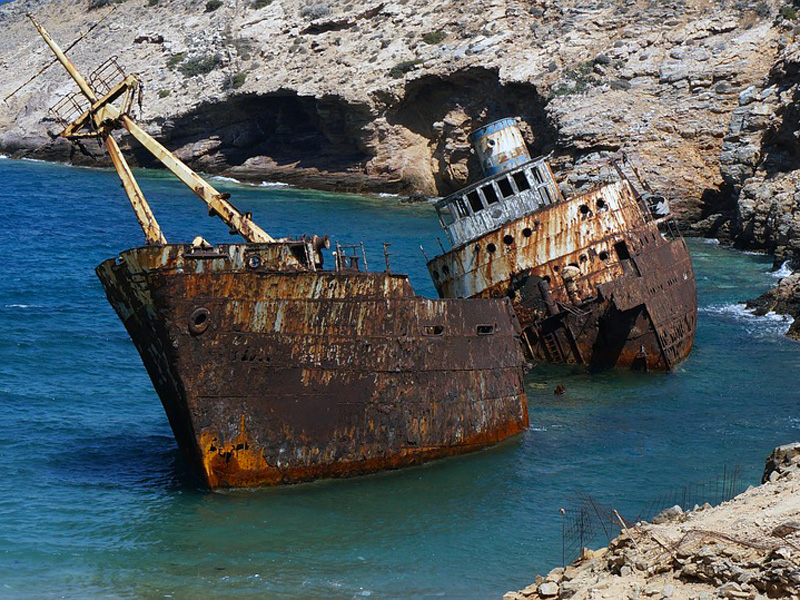What is the legal basis for removing a hazardous wreck at sea? Who bears the liability? These and many other wreck removal questions were addressed by IMO’s Jan de Boer at the ACI’s Maritime Salvage & Casualty Response conference in London (13-14 September).
Speaking to a wide variety of stakeholders* concerned with wreck removal, Mr. de Boer gave an overview of IMO’s Nairobi International Convention on the Removal of Wrecks, which provides the legal basis for States to remove, or have removed, shipwrecks that may threaten the safety of lives, goods and property at sea, as well as the marine environment.
The treaty entered into force in 2015, the instrument currently has 37 Contracting States, which represent more than 70% of the world's merchant fleet tonnage.
It applies to shipwrecks, objects from ships at sea, drifting ships and floating offshore installations. In his presentation, Mr. de Boer went into detail on aspects such as the shipowner being strictly liable for costs of locating, marking and removing hazardous wrecks, as well as compulsory insurance to cover shipowner liability.
* Participants from salvage companies, tug & towage companies, authorities, ship owners, ship managers, P&I clubs, maritime lawyers and consultants
